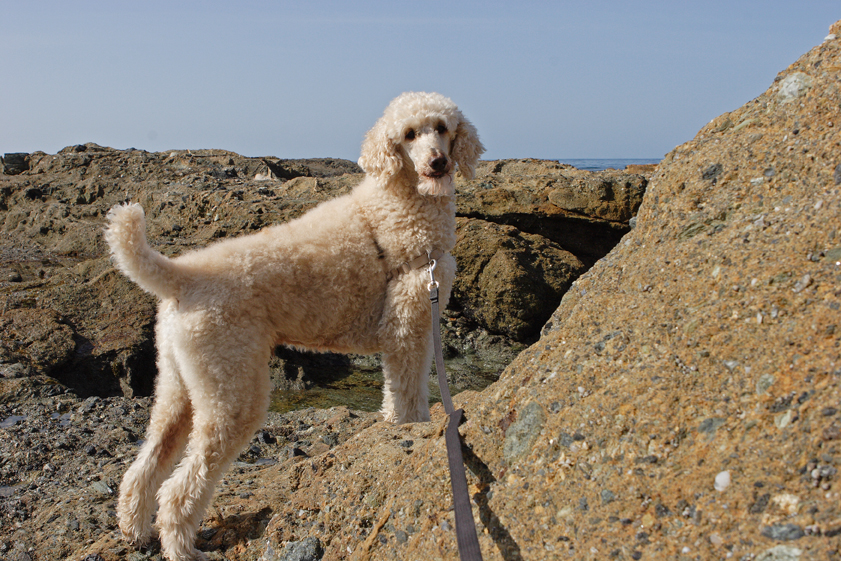

Know the signs, do your research, find what works for you and stick to it, you’ll see a huge change in your companion sooner than you think!

Some of that of course falls on you, you have to keep working on the training or it will not work! Not only will they train your dog, but they will train you as well to make sure everything remains consistent during and after their time with you.
#Leash aggression dog whisperer free#
What’s most suggested is consulting with a trainer (CPDT), behaviorist (CAAB), or vet behaviorist (Dip ACVB) that has had experience with fear and aggression in dogs, and uses force free or positive reinforcement training methods. There are many things that can be done to remedy leash reactivity, some suggest the use of a head halter or doggles (goggles for dogs!), choice training there’s an entire laundry list of things to try. There’s no room and usually no time for a friendly greeting, and almost always direct eye contact is forced which is seen as a threat, tugging and pulling to meet each other grouped with the apprehension and stress of the owners-one or both dogs react in a less than desirable manner. Now picture two dogs meeting on a side walk, on leash coming head to head. They sniff each other’s faces then rear ends and carry on.

It tests your pup’s mental and physical agility, as well as its obedience skills. Dog agility is a competitive sport, but it can also be an excellent way for your furry friend to learn new things and bond with you. Picture two dogs in an off leash scenario, how do they come up to each other? Most come in at an arc (rainbow shape), loose bodies and soft eyes. Agility exercise is an exciting, interactive way for you and your pup to stay in shape and have fun. The big reason, at least on walks, is not being able to greet each other properly. Dogs who are on leash become aggressive towards other dogs or people, but why? Some dogs are afraid, or maybe had a bad experience with another dog in a similar situation, they weren’t socialized properly when they were puppies, sometimes they’re just very eager to meet another dog and come off too strong, the list goes on. Leash reactivity, or sometimes referred to as ‘leash aggression’ is exactly what it sounds like. Leash reactivity is more common of a problem than most people think, but what exactly is it? However, for some it’s the most dreaded part of their day! For those with dogs who are leash reactive, walks are stressful and short, sometimes at awkward times in the day just to make sure conflicts are avoided. For most pet parents, taking their pooch on a walk is a relaxing and enjoyable experience a chance to further connect with their companion.


 0 kommentar(er)
0 kommentar(er)
